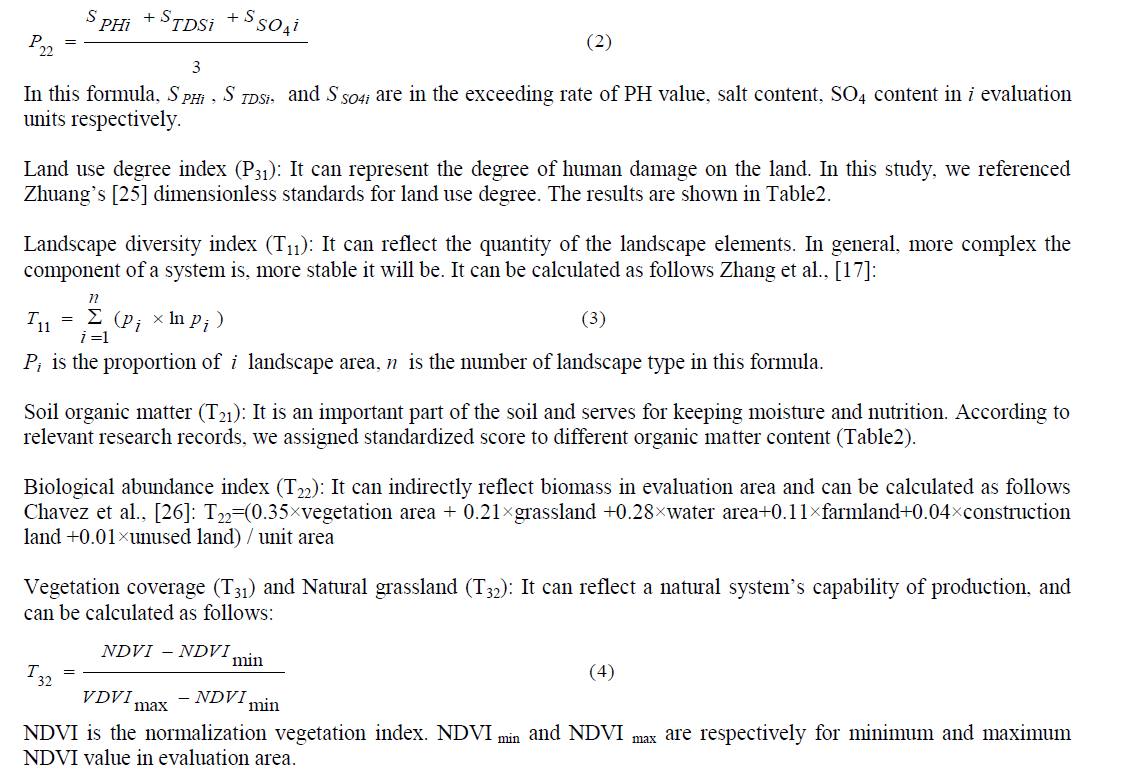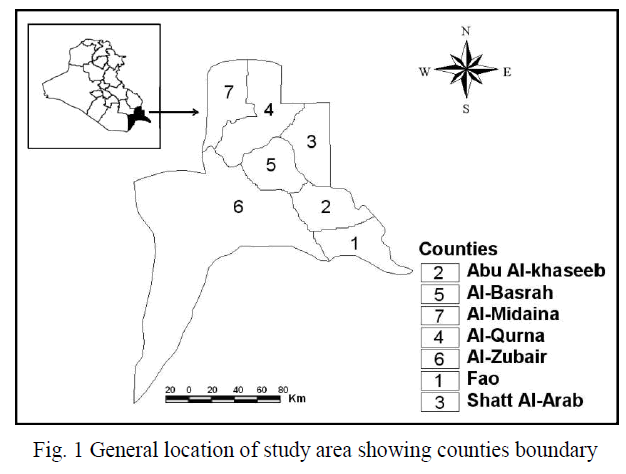ISSN ONLINE(2319-8753)PRINT(2347-6710)
ISSN ONLINE(2319-8753)PRINT(2347-6710)
Jaywant Vilasrao Patil1 and Zakir Mujeeb Shaikh2
|
| Related article at Pubmed, Scholar Google |
Visit for more related articles at International Journal of Innovative Research in Science, Engineering and Technology
The structured arrangement of sounds in musical notes, results in the unique formation of complex Musical mixtures. The analysis of these mixtures, with the objective of estimating the individual Musical Notes which form them, is known as musical notes separation. The Musical Notes are nothing but the paper representation of music. It is possible to hear music but music cannot be written on paper, so to represent music on paper there is concept of musical Notes. The main objective is to separate musical notes of Musical instruments by using Non-Negativity approach. For example, if input is mixture of musical notes containing music notes of Guitar, drum and Bass along with singing voice. Then, the objective is to design a system to separate musical notes the sources i.e. musical notes of Guitar, Bass, drum and Singing voice alone. It has applications in Music remixing, audio restoration, Lyrics Recognition.
Keywords |
| Harmonic Structure Modelling, Discrete Energy Separation, Energy Split. |
INTRODUCTION |
| Everyone knows that the human hearing system has a remarkable capability in separating Musical Notes from different sources. One of the characteristic of it, capability is hearing out singing voice along with by musical instruments. It seems to be effortless task for human but for machines it is very difficult to identify. Up to now, few systems have found the problem of separating singing voice from music accompaniment systematically. Separation of singing voice has applications in domains like Automatic lyrics recognition and Automatic lyrics alignment. Single singing voice is required for Automatic Lyrics Recognition, but it is non-realistic because in almost all music, singing voice is present with musical notes of musical instruments. In, another application, Automatic Lyrics alignment allows listeners to understand and follow voice easily. This task of alignment becomes more difficult due to presence of music of instruments. Separation system is designed to overcome this problem. |
| The separation of musical notes from music is particularly challenging task because of high diversity of musical signals.This diversity is not only because of the multiple production mechanisms, the large characteristics of the involved musical instruments but also to the large area of combination of musical instruments. There are three techniques available for the separation of Musical Notes and are: |
A. Music Notes Separation Using [1] Discrete Energy Separation Algorithm:- |
| DESA stands for Discrete Energy Separation algorithm [1]. It is used for the estimation of FM Signal energy. The reason behind to choose FM energy, can be used in time varying filter design to block interfering signal. The FM energy can distinguish Music Signals from Speech signals with the help of localised info. |
 |
| where n is a discrete time index, ωc is an angular frequency of a carrier, θ is some constant phase value, and amp(n) and f(n) are the amplitude and frequency modulating signals, respectively. |
B. Musical Notes separation by energy split:- |
| Decomposition of a polyphonic music for the separation musical notes is very tough. During the mixing of tracks some information is get lost by superposition. It is not possible to recover that lost information. So, this method of Energy split [4] helps to recover the lost information by using real instruments modelling. The phase Memory can be calculated by formula, |
 |
PROBLEM FORMULATION |
| The existing techniques of Musical notes separation as studied in literature review i.e. Musical notes separation using Discrete energy separation algorithm, Energy split and Harmonic structure modelling, are having less performance of the musical notes separation. The rate of accuracy of musical notes separation is also very poor. So, there is necessity to find the solution that tries to increase the performance, accuracy and robustness of musical notes separation is the main problem for musical notes separation. |
PROPOSED METHODOLOGY |
| User requirements, for large music databases available today raise many facts, among which interactive modification of the data for applications [2] such as karaoke, automatic soloist presence, broadcasting of CDs on multichannel devices, raw recordings post production, old recordings restoration, and music production by instrument sampling. Most music signals are combination of several music sources active simultaneously (musical instruments), acquired by unnatural mixing of solo musical notes of source signals or by recording of true audio scenes. Thus, attending these applications means separating the musical notes of sources and remixing them respectively. |
| The one of the approach for separation of music of musical instruments by non-negative approach towards separation i.e. the separation of Musical Notes from input music with the help of non-negative matrix decomposition or by using non-negative Tucker decomposition technique |
 |
| The figure shows the proposed approach for the process of separation. As in figure input to the system is musical mixture comprising musical mixture of musical instruments. The input is in analog form signal. The initial step is the conversion of analog signal into Digital form using the Pulse Code Modulation or any Modulation for the conversion. |
| The obtained digital signal is in continuous form; convert it into discrete form which is called sampling. After discrete time signals should be converted into frequency domain signals by Fourier Transform for the spectrogram generation. Spectrogram is nothing but the Time-Frequency analysis of input audio signals. Then apply clustering technique on the spectrogram for the separation of music based on the Frequencies of Instruments. Then the process of separation is carried out. The separated Musical Signals are present in the frequency domain. They should be converted back in the Tile Domain. It should be done by Inverse Fourier or Laplace Transform. Finally, we get separated music of musical Instruments with maximum possible accuracy. |
EXPECTED RESULT |
| The following is the expected result of the proposed methodology. |
| 1. Separated Musical Notes of Drum. |
| 2. Separated musical Notes of Guitar. |
| 3. Separated Musical Notes of Bass. |
| 4. Separated Musical Notes of singing voice from Music. |
CONCLUSION |
| The Non-Negative Approach i.e. Non-Negative Matrix Decomposition or Non-Negative Tucker Decomposition is more prominent approach for the musical notes separation. The prominent feature of Non-Negativity Approach for Musical Notes Separation is high rate of Accuracy of separation. Users are able to separate musical notes more accurately and faster. |
References |
|